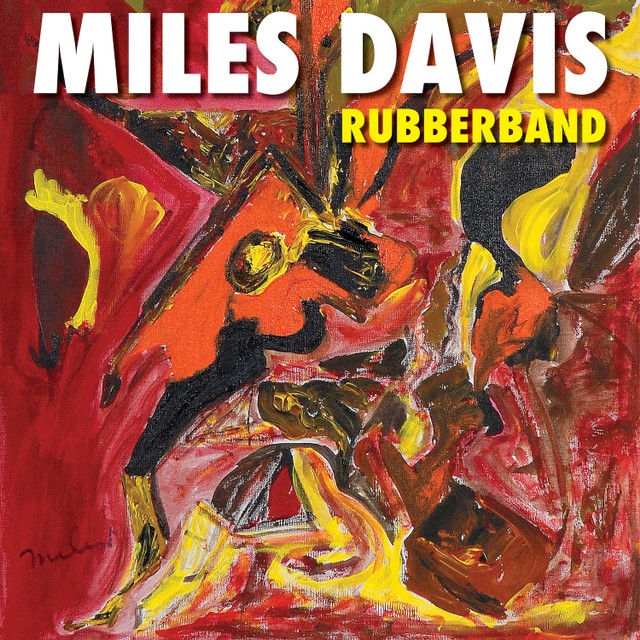“What in hell is Kubrick up to here?” asked Roger Ebert in his original 1972 review of A Clockwork Orange, whose marketing announced it as a film about “the adventures of a young man whose principal interests are rape, ultra-violence, and Beethoven.” How could this acclaimed director really want to involve us in the “psychopathic little life” of this dubious protagonist? “In a world where society is criminal, of course, a good man must live outside the law. But that isn’t what Kubrick is saying. He actually seems to be implying something simpler and more frightening: that in a world where society is criminal, the citizen might as well be a criminal, too.”
Others in the press leveled similar criticisms at A Clockwork Orange, most of them much simpler and more accusatory. They had more serious consequences for the picture in Kubrick’s adopted homeland of England. Within two weeks of its release there, writes David Hughes in The Complete Kubrick, “right-wingers and tub-thumping MPs were baying for the film to be banned there before copycat violence could spread among the nation’s impressionable youth. Under a headline that read ‘CLOCKWORK ORANGES ARE TICKING BOMBS,’ the Evening News predicted that the film would ‘lead to a clockwork cult which will magnify teen violence.’ ”
The direct attributions of violent incidents involving young people to A Clockwork Orange continued until the film was finally pulled from British theaters — by the filmmaker himself. “In early 1974, Kubrick and Warner Bros quietly withdrew it from circulation,” Hughes writes, “refusing to allow it to be shown under any circumstances.” Attempted breaches of this “most effective censorship of a film in British history” were dealt with harshly: London’s Scala Cinema, for example, was forced to shut its doors forever after showing the film in 1992. A Clockwork Orange finally received a British re-release in 2000, the year after Kubrick’s death.
That same year the documentary Still Tickin’: The Return of A Clockwork Orange, which you can watch on YouTube, told the story of the film’s suppression and re-emergence. But why would such a forcefully individualistic filmmaker as Stanley Kubrick pull his own film from circulation in the first place? “Stanley was very insulted by the reaction, and hurt,” Hughes quotes his widow Christiane as saying. Kubrick “didn’t want to be misunderstood and misinterpreted,” nor did he want to keep receiving the “death threats” that the bad press had been drawing.
Kubrick “never spoke about the decision” to ban his own movie, writes Devin Faraci at Birth.Movies.Death., and surely didn’t see it as to blame for youth violence in Britain, but “he was still sickened to see the clothes of his characters hung on these perpetrators. The message of his film was being missed, and he refused to let the movie take on a life of its own.” Kubrick had discussed his own opposition to the idea that art promotes violent behavior during the initial promotion of A Clockwork Orange: “There has always been violence in art,” he said to journalist Michel Ciment. “There is violence in the Bible, violence in Homer, violence in Shakespeare, and many psychiatrists believe that it serves as a catharsis rather than a model.”
In Kubrick’s view, “the people who commit violent crime are not ordinary people who are transformed into vicious thugs by the wrong diet of films or TV. Rather, it is a fact that violent crime is invariably committed by people with a long record of anti-social behavior, or by the unexpected blossoming of a psychopath who is described afterward as having been ‘…such a nice, quiet boy.’ ” Either way, “immensely complicated social, economic and psychological forces are involved,” and “the simplistic notion that films and TV can transform an otherwise innocent and good person into a criminal has strong overtones of the Salem witch trials.” Whether or not Kubrick went too far in withdrawing A Clockwork Orange, he certainly had a clearer sense of what creates the kind of malevolent characters it depicts than many of its early viewers did.
Related Content:
The Making of Stanley Kubrick’s A Clockwork Orange
Stanley Kubrick’s Rare 1965 Interview with The New Yorker
Based in Seoul, Colin Marshall writes and broadcasts on cities, language, and culture. His projects include the book The Stateless City: a Walk through 21st-Century Los Angeles and the video series The City in Cinema. Follow him on Twitter at @colinmarshall, on Facebook, or on Instagram.











